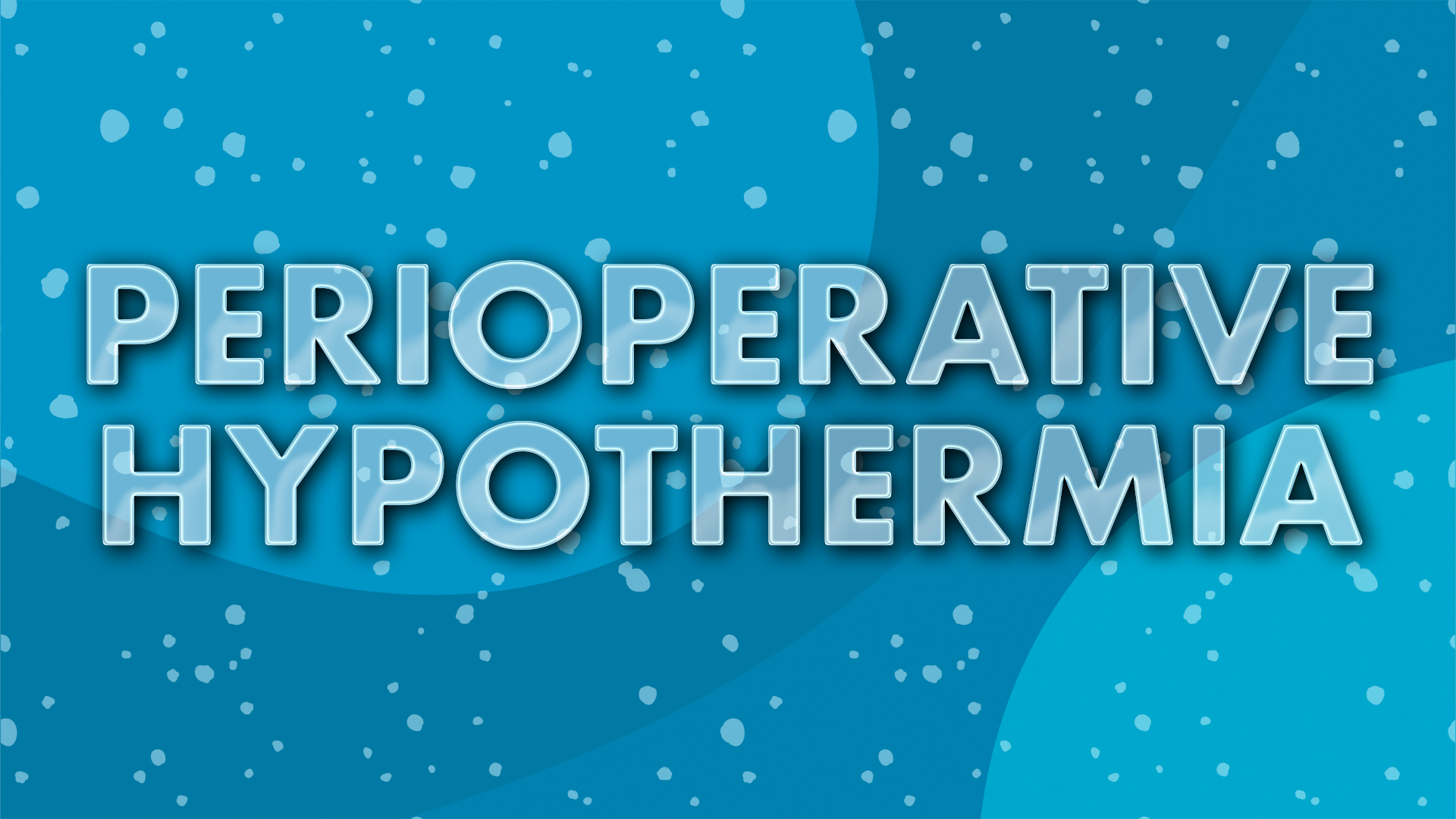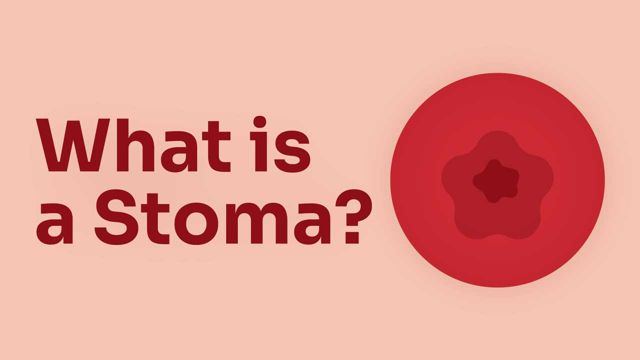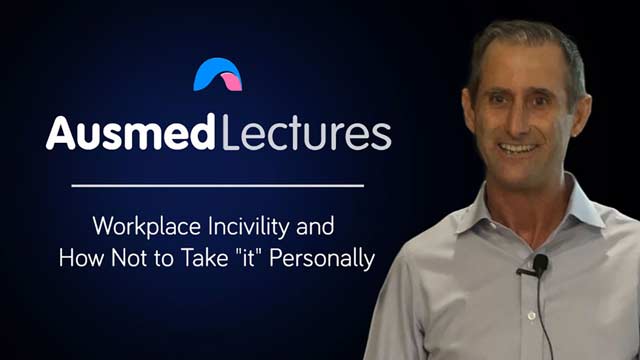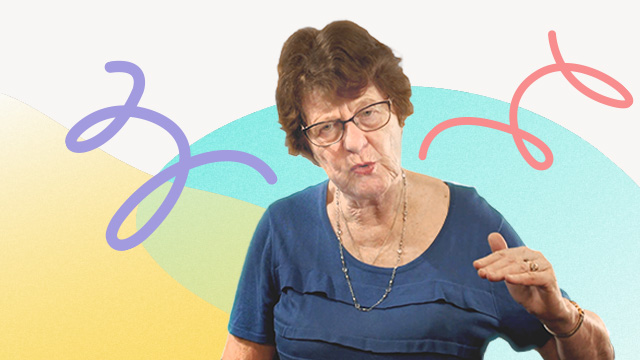Perioperative Hypothermia


Content
What you'll learn:
Apply appropriate, best-practice techniques to assist in the prevention and management of perioperative hypothermia.
Accurately assess, recognise and respond to a patient experiencing perioperative hypothermia.
Who it's for:
Why it's needed:
Perioperative hypothermia is a common but preventable condition that can lead to serious adverse outcomes for patients, including increased risk of surgical site infections, impaired wound healing, coagulopathy, cardiovascular complications, and prolonged hospital stays. Despite its significance, awareness and consistent application of evidence-based practices for its prevention and management remain variable among healthcare providers.
Nurses, as frontline caregivers in perioperative settings, play a critical role in monitoring and maintaining normothermia throughout the perioperative journey. However, without targeted education and training, nurses may lack the knowledge and skills needed to identify risk factors, implement proactive warming strategies, and respond effectively to hypothermia when it occurs.
Providing comprehensive education to nurses on perioperative hypothermia is essential to enhancing their clinical competencies, improving patient safety, and reducing the burden of preventable complications. By equipping nurses with the knowledge and tools to address this issue, healthcare facilities can ensure better patient outcomes, shorter recovery times, and improved overall surgical success rates.
Purpose:
Topics
Assign mandatory training and keep all your records in-one-place.
Find out more
Recommended resources










 New
New